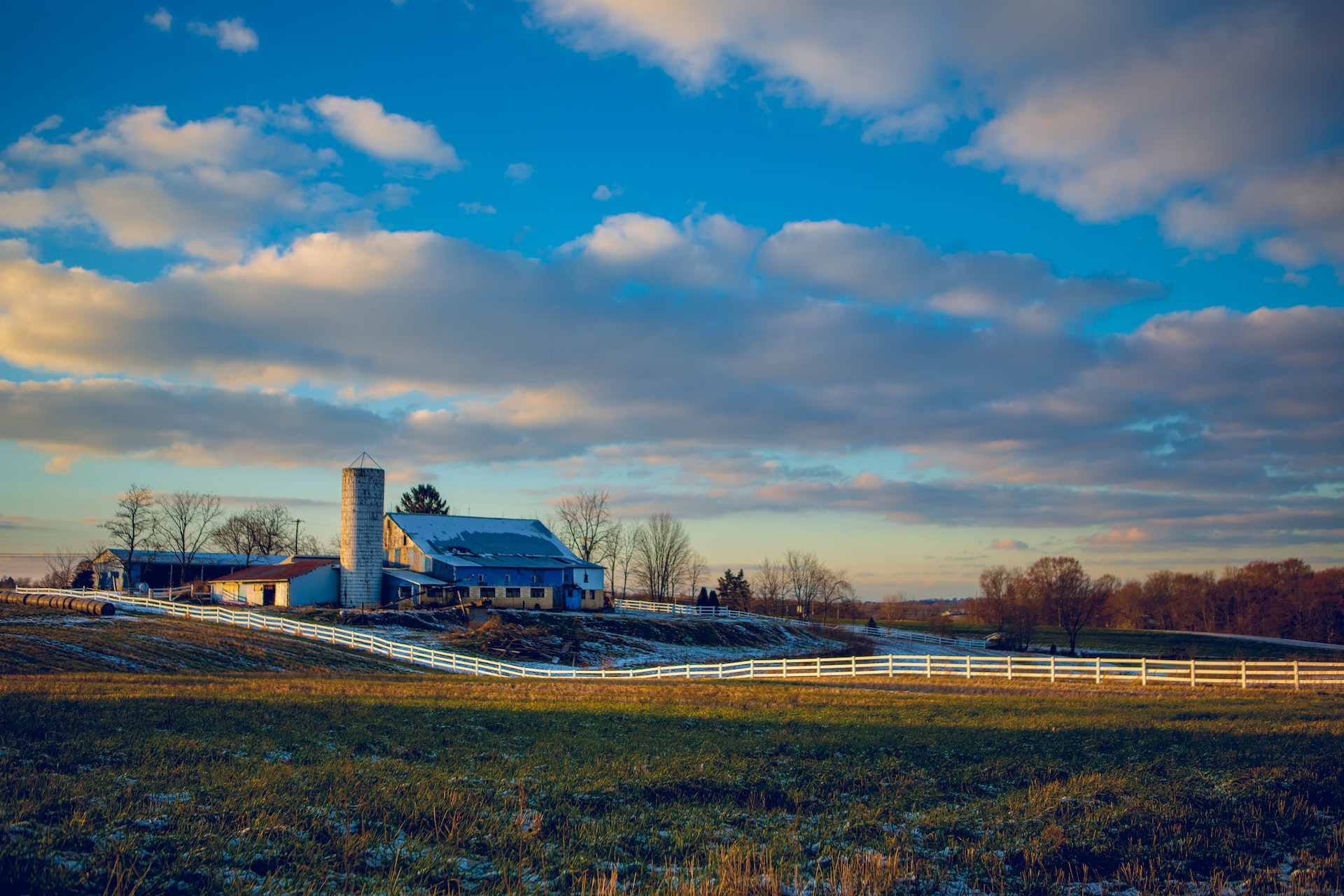

Question: What are the characteristics of the rural real estate market?
Answer: The rural real estate market is characterized by lower population density, larger land parcels, slower-paced lifestyle, proximity to nature, potential for agricultural activities, limited services, and typically lower property prices compared to urban areas.
What are the Characteristics of Rural Market? How Market Traits Influence Property Worth and Pricing
The rural market, with its distinct characteristics, offers unique opportunities and challenges, particularly in the field of real estate. Unlike urban centers, rural areas operate on different dynamics that can significantly affect property values, development opportunities, and community growth. Let’s dive into these fascinating characteristics that define rural markets.
Geographical Features
Vast Open Spaces: A Room to Breathe
In rural areas, one of the most prominent features is the abundance of open spaces. This availability of land not only provides a scenic landscape but also presents unique opportunities for real estate development.
Proximity to Nature: A Touch of Wilderness
Moreover, rural areas often border natural landscapes like forests, lakes, and rivers. The proximity to nature adds to the aesthetic value of the region and can influence property values.
Climate Variations: A Weather Experience
Additionally, the climate in rural areas might differ significantly from nearby urban centers. This variation can affect agricultural prospects, housing needs, and real estate investment decisions.
Related Article: Recommended Rural Realtors
Related Article: Trustworthy Land Realtors
Demographic Composition
Smaller Populations: A Close-Knit Community
One of the defining characteristics of rural markets is their smaller, often close-knit communities. These tight social bonds can affect community development and real estate trends.
Aging Demographics: A Generational Shift
Furthermore, rural areas frequently experience an aging population, as younger generations move to cities. This shift can present both opportunities and challenges in real estate, from housing needs to community services.
Related Article: What Qualifies as a Farm in Ontario?
Related Article: What is the Greatest Problem in the Rural Market?
Economic Landscape
Agriculture-Based Economy: A Farming Tradition
In many rural areas, agriculture remains the backbone of the local economy. This reliance on farming not only shapes the landscape but also the real estate market, with land often utilized for agricultural purposes. [ 1 ]
Limited Employment Opportunities: A Narrow Path
Similarly, rural markets often lack diverse employment opportunities. This scarcity can impact real estate growth, as a robust job market typically drives housing demand.
Cultural and Social Dynamics
Traditional Values: A Cultural Heritage
Rural communities often uphold traditional values and ways of life. This strong sense of culture and heritage can be a unique selling point in the real estate market.
Community Involvement: A Shared Responsibility
Moreover, the sense of community in rural areas often translates into active community involvement. Whether it’s local governance or community events, this active participation can shape the social fabric and real estate prospects of rural areas.
Infrastructure and Amenities
Limited Infrastructure: A Development Challenge
Infrastructure development in rural areas often lags behind urban centers. From roads and public transportation to healthcare and education, these limitations can affect real estate investment and development opportunities.
Basic Amenities: A Simpler Lifestyle
Furthermore, rural areas might offer fewer amenities such as shopping centers, restaurants, or entertainment venues. While this might be a drawback for some, it appeals to those looking for a simpler, less hectic lifestyle, influencing real estate preferences.
Real Estate Dynamics
Affordable Housing: A Budget-Friendly Option
Rural areas typically offer more affordable housing options compared to urban centers. This affordability can be an attractive feature for homebuyers and real estate investors alike.
Seasonal and Recreational Properties: A Getaway Appeal
Additionally, rural areas often house seasonal and recreational properties. Whether it’s a lakeside cabin or a hunting lodge, these properties add a unique dimension to the rural real estate market.
Please visit the homepage to learn more about how Jennifer Jewell can help you
Conclusion
The characteristics of the rural market are as diverse as they are intriguing. From geographical features and demographic composition to economic landscapes and cultural dynamics, each aspect plays a role in shaping the real estate market in rural areas.
Understanding these characteristics allows homebuyers, investors, developers, and policymakers to make informed decisions, align strategies, and embrace the unique opportunities that rural markets offer.
While challenges exist, particularly in infrastructure and amenities, the appeal of rural life, with its connection to nature, sense of community, and affordable living options, continues to attract interest and investment.
The rural market, with its rich tapestry of features, is not just a segment of the real estate market; it’s a lifestyle choice, a community ethos, and a development opportunity. It embodies a world where tradition meets innovation, where the simple meets the profound, and where the local meets the global. It’s a market filled with potential, waiting to be explored and embraced.
References
1. https://www.compeer.com/articles/2021/july-2021/rural-housing-and-characteristics-impacting-value


